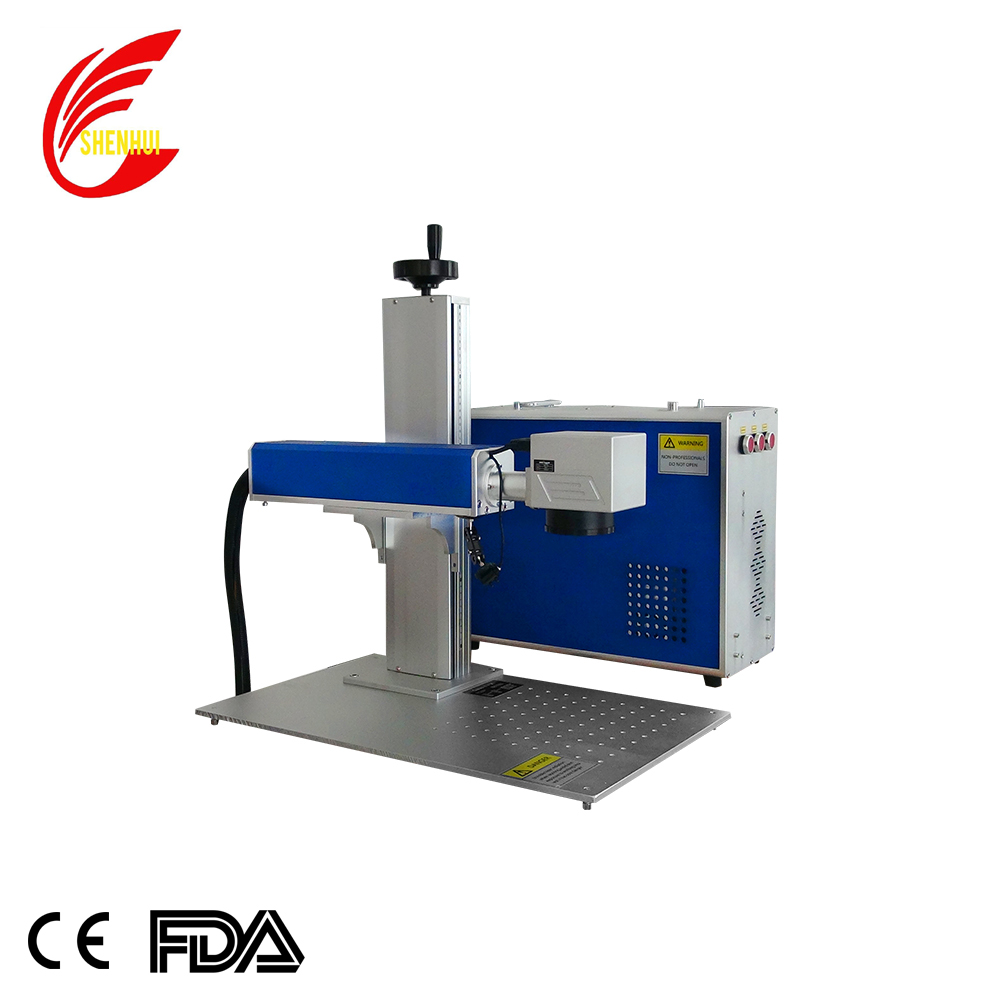Views: 0 Author: Site Editor Publish Time: 2024-03-19 Origin: Site









Choosing the best marking technology for your manufacturing process is a crucial decision that can significantly impact the efficiency, quality, and traceability of your products. As products move through the supply chain, the ability to track and identify them accurately becomes paramount. This comprehensive guide aims to provide you with the insights needed to select the most suitable marking technology for your specific requirements, considering factors such as part material and geometry, type of identifier, readability and permanence, part positioning during marking, available marking and cycle time, and the implications of post processes for complete traceability.
The first step in selecting a marking technology is to closely examine the parts you wish to mark. The material composition, size, surface shape, and temperature of the part at the time of marking play significant roles in determining the appropriate marking method. For instance, while all marking technologies can effectively mark flat surfaces, curved surfaces pose a challenge that is best addressed by laser marking systems or manually applied printed labels. Furthermore, while marking metals might be straightforward for most technologies, plastics require a more delicate approach. Electromechanical dot peen systems, for example, offer a lower force impact suitable for plastics, unlike pneumatic dot peen systems designed for harder materials.
The nature of the information you intend to mark on the part also influences your choice of marking technology. Whether you need to apply QR codes, data matrix codes, alphanumerical serial numbers, graphics, or logos, each identifier type has its best-fit marking solution. Aesthetic considerations are paramount when marking logos or graphics, making some technologies like dot peen systems and inkjet printers less suitable due to their inability to produce visually appealing results. However, for 2D codes and serial numbers, most marking systems are capable, though not all are ideal for inline machine reading applications.
The permanence of the mark and its readability, especially in traceability applications, are critical. Marks must remain legible throughout the product's lifecycle, including after exposure to harsh environments or processes. Dot peening and laser marking are considered direct part marking technologies, offering durability by engraving directly onto the part. However, technologies such as inkjet printing and printed labels, while versatile, may not provide the same level of permanence, with susceptibility to fading or damage from chemical agents or physical abrasion.
Your marking process might be constrained or facilitated by the position of the part during marking. Whether you plan to use conveyors, robots, or manual workstations can limit your options. For instance, marking "on the fly" is not feasible with dot peening, which requires perpendicular, physical contact. Laser marking systems, equipped with vision systems, can adjust for part positioning errors, offering flexibility not available with all technologies.
Integrating marking equipment into your production line requires a careful assessment of the available marking time within your process cycle. High-volume production lines with tight cycle times may benefit from fast-marking technologies such as laser marking, printed labels, or inkjet printing. In contrast, dot peen marking, though durable, might not keep pace with very short cycle times. Additionally, consider the total cycle time, including part handling and positioning, which can be optimized with technologies that allow for "hidden time" operations, like rotary laser marking machines.
With the increasing importance of traceability in manufacturing, the marking operation often needs to be integrated at the start of the production process. This early marking must survive post-processing treatments such as sandblasting, powder coating, and heat treating without degradation. Laser marking stands out for its ability to create durable, high-contrast marks that remain legible through various post-treatments, making it a preferred choice for applications requiring complete traceability.
Selecting the best marking technology is a multifaceted decision that requires a deep understanding of your production process, the parts to be marked, and the regulatory environment. By carefully considering the material and geometry of your parts, the type of identifiers needed, the readability and permanence of the marks, the positioning of parts during marking, the available marking and cycle time, and the effects of post-processing treatments, you can choose a marking technology that enhances your manufacturing efficiency, product quality, and compliance with traceability requirements. In doing so, you ensure that your products are accurately identified and tracked throughout their lifecycle, reinforcing the integrity of your brand and the safety of your customers.
TEL:+86-635-8511078
Email:shenhui@shenhuilaser.com
Add:No.28 Huanghe Road,Liaocheng City,
Shandong,China 252000